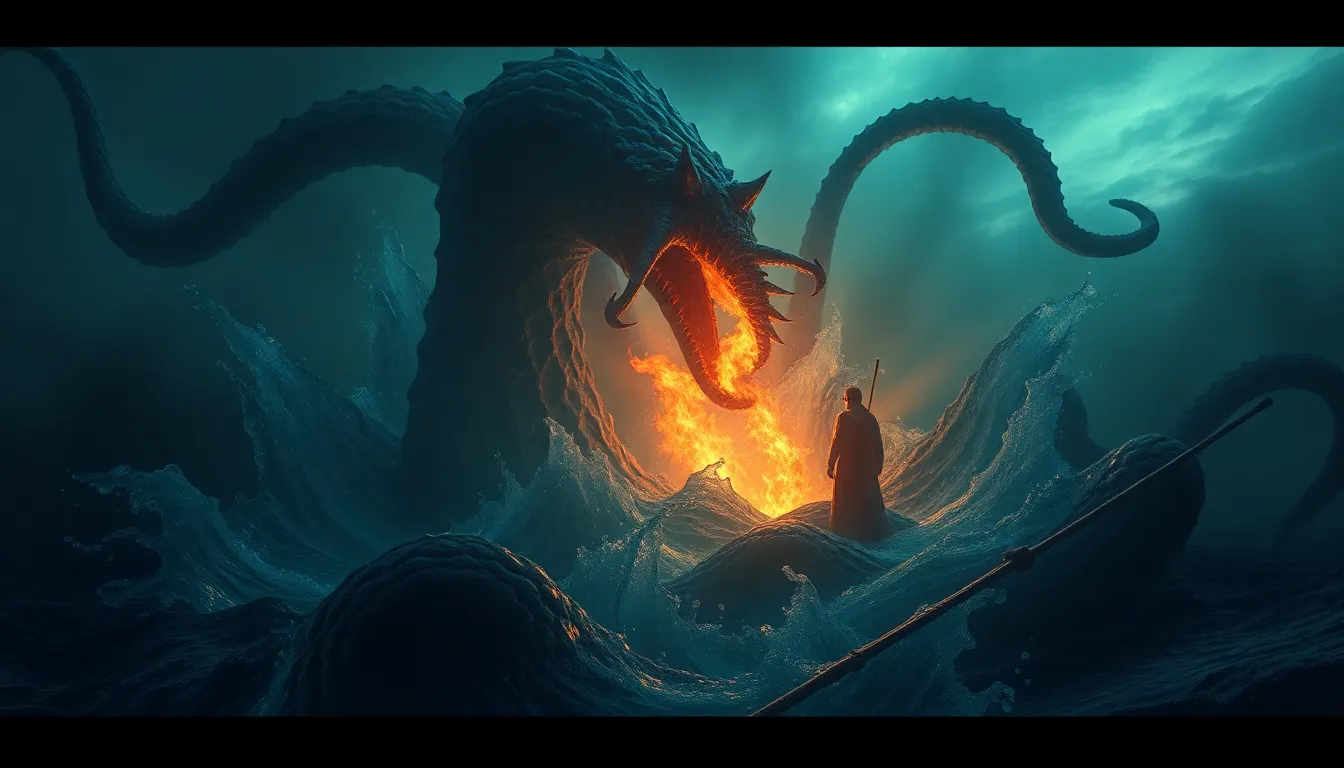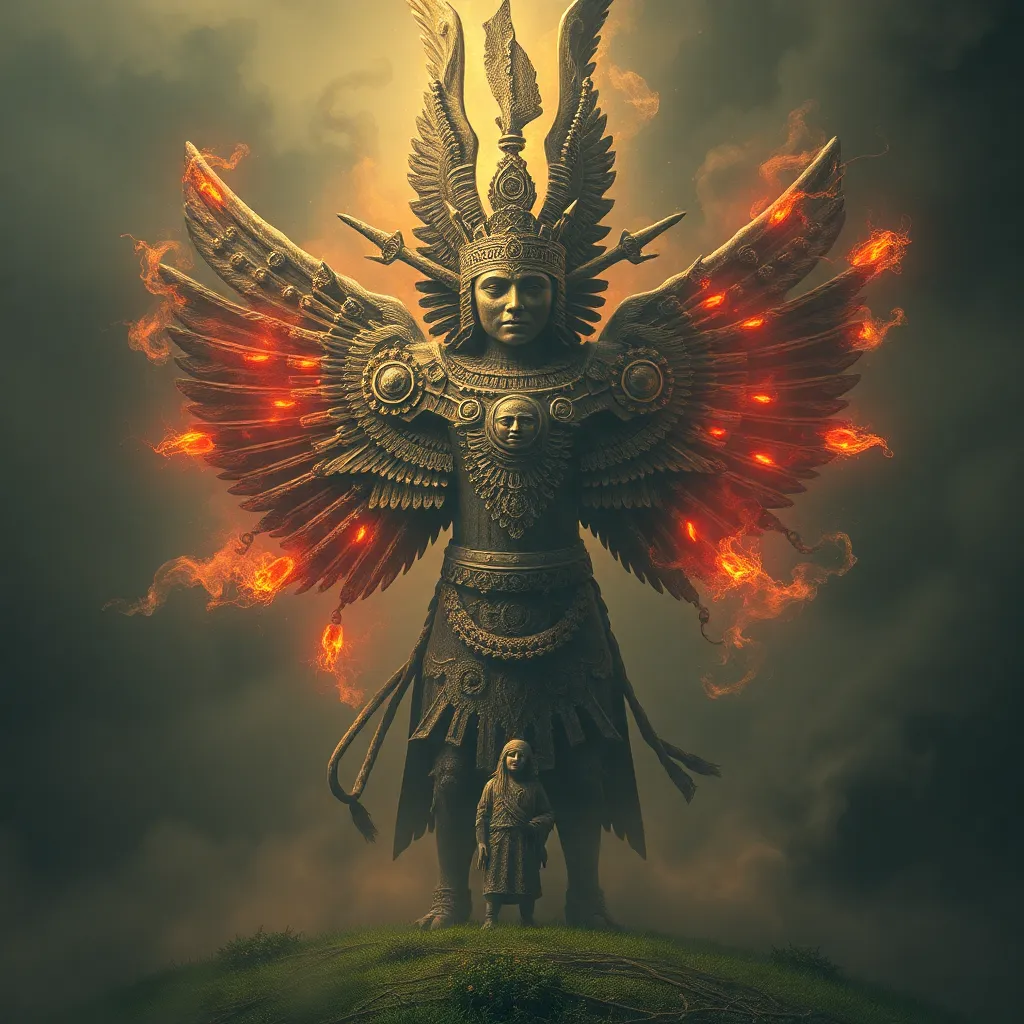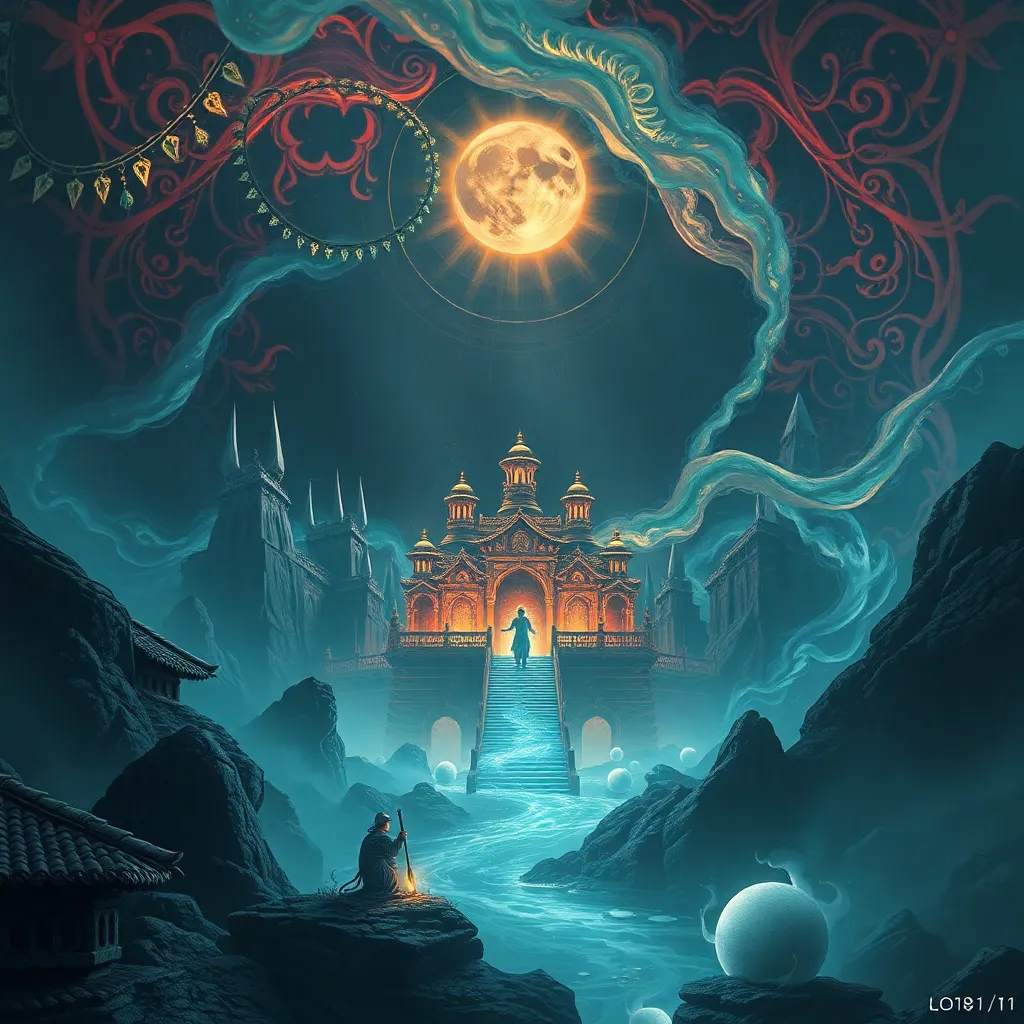The Kraken’s Grip: Understanding the Fear and Fascination Surrounding Sea Monsters
I. Introduction
Throughout history, sea monsters have captured the imagination of countless cultures. These mythical creatures, often shrouded in mystery, have emerged from the depths of folklore and mythology, symbolizing humanity’s fear of the unknown. Among these legendary beings, the Kraken stands out as one of the most iconic. This vast cephalopod, said to inhabit the waters off Norway and Greenland, exemplifies the duality of fear and fascination that surrounds sea monsters. This article aims to delve into the complex emotions that sea monsters evoke, exploring their historical context, psychological implications, cultural representations, and the scientific discoveries that have both demystified and fueled our intrigue with these oceanic enigmas.
II. Historical Context of Sea Monsters
The lore of sea monsters dates back to ancient maritime cultures, where tales of giant creatures lurking beneath the waves served multiple purposes. These stories often acted as cautionary tales, warning sailors of the perils of the deep and reinforcing navigational boundaries. Notable examples include:
- The Kraken: Described as a massive octopus or squid that would drag ships and sailors to a watery grave.
- Leviathan: A biblical sea serpent symbolizing chaos and power, often depicted as an adversary to divine order.
- Charybdis: A whirlpool monster from Greek mythology that would swallow ships whole.
These myths were not merely fantastical tales; they represented the unknown dangers of the ocean, a realm that was both vital for survival and fraught with peril. For ancient sailors, these stories helped explain the unexplainable and offered a sense of control over their fears.
III. The Psychology of Fear
The human psyche has an inherent fear of the unknown, a primal instinct rooted in survival. This fear is often amplified by the vastness and depth of the oceans, which remain largely unexplored. Sea monsters, in particular, embody these deep-seated fears. They represent not only physical dangers but also the existential dread associated with the mysteries of life and death.
Research has shown that:
- Fear of the unknown can trigger anxiety and stress responses.
- Monsters serve as a projection of our fears, allowing us to confront them in a controlled environment.
The ocean’s mysteries, such as unexplored depths and uncharted territories, continue to fuel our imaginations, inspiring tales of sea monsters that captivate audiences across generations.
IV. Cultural Representations of Sea Monsters
Sea monsters have been depicted in various forms of art and literature, evolving alongside societal perceptions. From ancient texts to modern media, these representations reflect changing attitudes towards the unknown:
- Literature: Works like Jules Verne’s “20,000 Leagues Under the Sea” and Herman Melville’s “Moby Dick” explore the theme of the monstrous in the ocean.
- Art: Renaissance paintings often depicted sea monsters as symbols of chaos and danger, contrasting with serene landscapes.
- Film and Media: Contemporary movies like “Pirates of the Caribbean” and “The Meg” showcase sea monsters as both antagonists and awe-inspiring forces of nature.
These cultural representations serve to both reflect and shape our understanding of the ocean and its mysteries, illustrating the ongoing fascination and fear surrounding sea monsters.
V. Scientific Explanations and Discoveries
As our understanding of marine biology has advanced, many of the creatures once thought to be mythical have been identified or discovered. The search for real-life inspirations behind sea monsters has yielded fascinating results:
- Giant Squid: Once considered mere legend, the giant squid has been documented, showcasing the reality of large, elusive sea creatures.
- Oarfish: This serpentine fish, often found in deep waters, has contributed to tales of sea serpents.
- Deep-Sea Creatures: Discoveries of bizarre and unfamiliar life forms in the ocean’s depths continue to inspire myths and legends.
Marine biology plays a crucial role in demystifying these creatures, providing scientific explanations that often align with ancient myths, reinforcing the idea that reality can be just as strange as fiction.
VI. The Kraken in Popular Culture
The Kraken has transcended its mythical origins to become a symbol in modern media and entertainment. Its image has been adapted and reinterpreted in various forms:
- Literature: The Kraken appears in modern novels and fantasy series, often as a formidable challenge for heroes.
- Film and Television: Movies like “Clash of the Titans” and TV shows like “Game of Thrones” integrate the Kraken into popular narratives, blending myth with contemporary storytelling.
- Video Games: The Kraken features prominently in games such as “Sea of Thieves,” allowing players to engage with the myth in an interactive format.
The resurgence of interest in sea monsters highlights our enduring fascination with these creatures, bridging the gap between fear and wonder in the collective consciousness.
VII. Environmental and Ethical Considerations
As we delve into the mysteries of the ocean, it is crucial to consider the environmental and ethical implications of our actions. Human activity has significantly impacted marine ecosystems, leading to:
- Overfishing: Depleting fish populations and disrupting the food chain.
- Pollution: Contaminating ocean habitats and harming marine life.
- Climate Change: Affecting ocean temperatures and altering marine biodiversity.
Preserving oceanic biodiversity is essential not only for the survival of real-life marine creatures but also for maintaining the cultural narratives associated with them. The metaphorical implications of sea monsters can serve as a rallying cry for conservation efforts, reminding us of the need to respect and protect our oceans.
VIII. Conclusion
The fear and fascination surrounding sea monsters are deeply ingrained in our cultural consciousness. From ancient myths to modern interpretations, these creatures evoke a complex blend of emotions, reflecting our relationship with the ocean. As we continue to explore the depths of the seas, we find both wonder and fear in the unknown, a testament to the enduring legacy of sea monsters in our lives.
Ultimately, the balance between fear and wonder in the ocean’s depths fuels our curiosity and inspires exploration, reminding us that the mysteries of the deep are as captivating as they are daunting.



